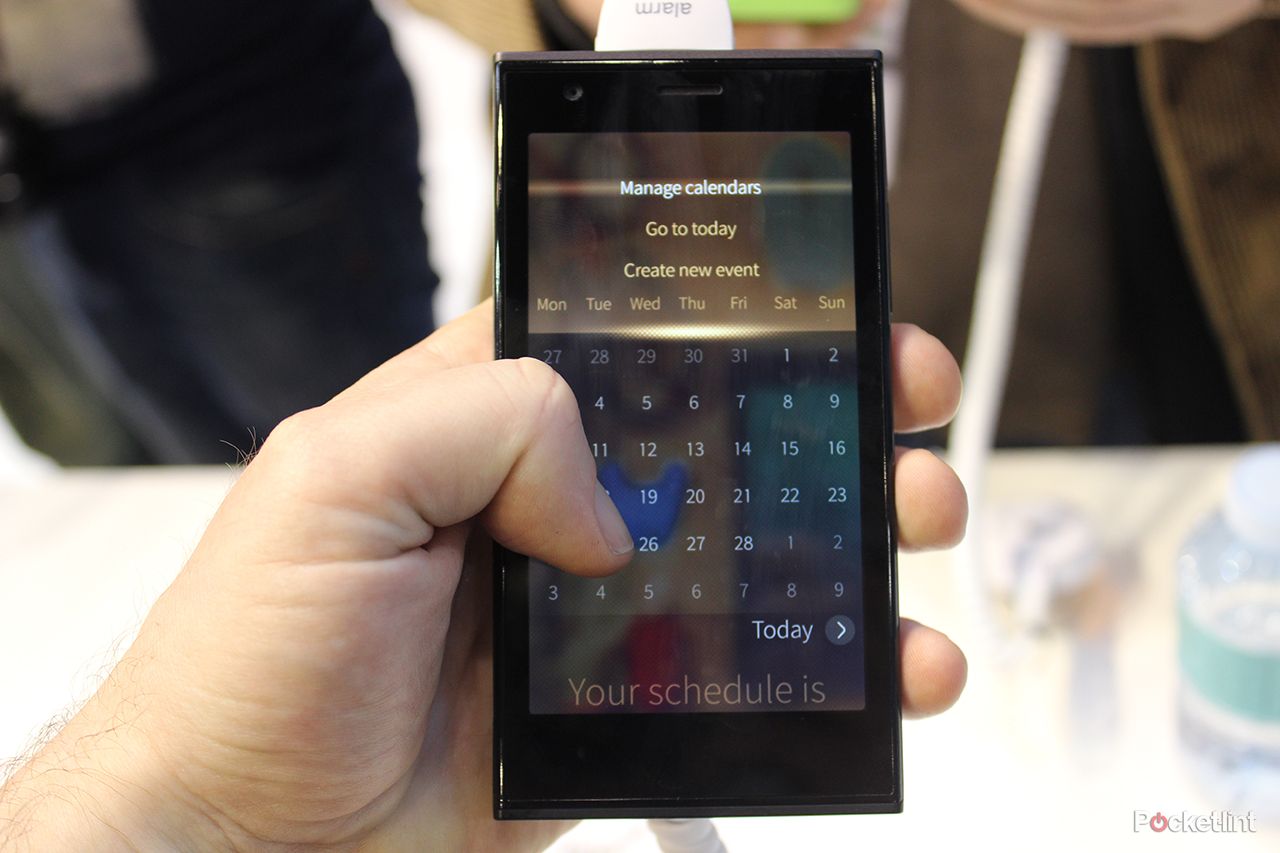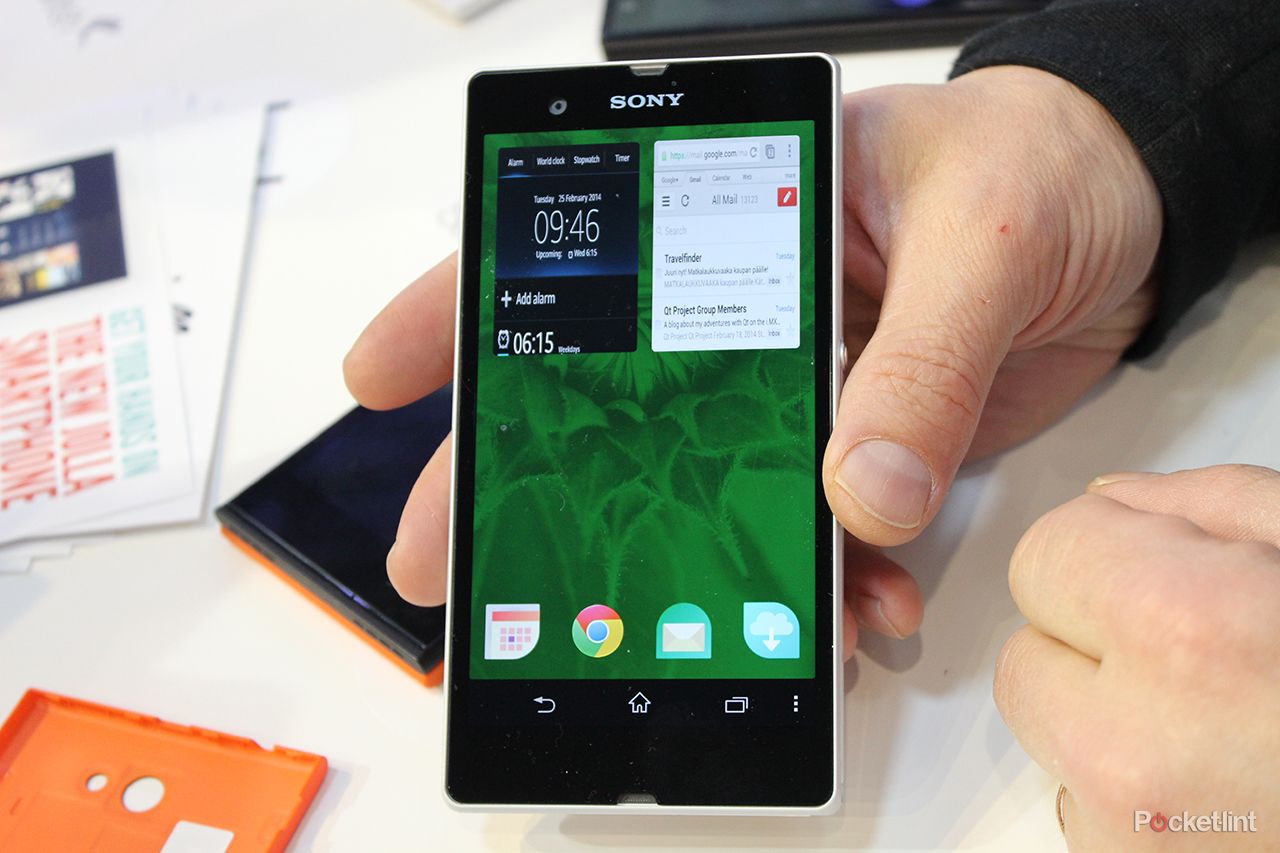Jolla, the Finnish start-up behind the simply named Phone and Tablet, is honing its minimalist Sailfish OS 2.0 down to perfection so it's sharp enough to cut even the mighty Apple, Google and Microsoft. Watch out.
The open source, start-up sized company remains agile and adaptive enough to really threaten the big smartphone software names. Especially now as smarthomes and connected gadgets grow in popularity and want a unifying open OS. Sailfish could offer the software that gives hardware manufacturers the freedom that other companies are failing to deliver.
So what is it that makes Jolla's Sailfish OS such a hot system?
Open source with Linux smarts
At its core Sailfish uses Linux meaning it's stable, perfect for mobile and can be modified relatively easily. The fact it's open source is a huge draw. Remember when Android used to be open source? In spite of pretty basic hardware back then people still chose it over Apple's slick iPhone interface. The same thing could happen again with Sailfish.
Sailfish OS can be modified by anyone any time they like. That means apps could technically be made to change the way the entire phone works rather than just working within a framework. The potential for this is massively exciting.
READ: Jolla Sailfish OS pictures and hands-on
If the transition to a new operating system is a worry, relax as Sailfish lets you use Android apps meaning there are more than enough to do everything you could want. But with a Jolla device you have the bonus of knowing the company is committed to keeping your data secret and not sharing it.
Hardware ready
The open source software means Jolla promises that adding hardware modules is also easy. So an E Ink case that uses the phone's software to display notifications can be made quite simply. Or if someone wants to replace a part that's possible too, making this a prime OS for a modular phone. Watch out Google Project Ara.
This combined with the start-up, crowd funded nature of Jolla means the hardware is affordable. The latest Tablet, for example, is only $209 on Indiegogo which is about £134.
Gesture controls and multitasking
Buttons are the past for Sailfish, using a swipe system in favour of clicks.
Much like LG's Knock, the screen can be double tapped to unlock the handset. Then swiping is all you need, a swipe up from the bezel will display notifications, wherever you are in the OS. A swipe left or right goes back to the homescreen, which is a layout of the currently open apps. A swipe down from the bezel shuts the current app, while a swipe down from the top half of the screen slides you along a top menu to take actions relating to the page.
Multitasking is also a huge pull for the Sailfish OS. Sailfish apps can be changed while running at the same time. So if you want to pause music or a video without leaving the app you're in that's an option. The ultimate goal is to make multitasking seamless so you won't need to hop between apps as everything will be an offshoot of what you're doing.
Button free
Google is trying to bring in button free phones, but turning a big ship like Android is a slow process. Young, agile Jolla on the other hand has been able to create a button free OS and hardware to boot right from the get-go. As a result it truly works.
If you've got an LG G3 for example and turn off the back, home and multitask buttons you'll notice this doesn't work in all apps and requires an extra swipe to access them – all so you get a bit more screen space. Jolla uses a swipe system so these kind of ideas work from the ground up. And since it's open source any tweaking can be done individually or at the source level quickly.
People powered
The big phrase used by Jolla is "People powered" owing to the crowd-funding nature of the company. Since the small start-up is able to adapt and change quickly, unlike more established names, it can adapt to suit its users. The result is a community where everyone not only support each other but have a voice to create change where they feels its needed.
The Jolla Tablet, for example, uses the Jolla forum to find out what users want so the Sailfish OS can be adapted to deliver the best possible experience for everyone. A voting system pushes more demanded ideas to the top so they can be implemented first. And the team might be small but they work hard with over 13,000 bug fixes and 350 extra features between version one and two of the OS.
With all these features the Sailfish OS is a truly exciting, trend-setting software platform that'll we'll be watching very closely.
READ: Get iPad 3 mini and Nokia N1 specs for £120 Jolla Tablet with Sailfish OS


